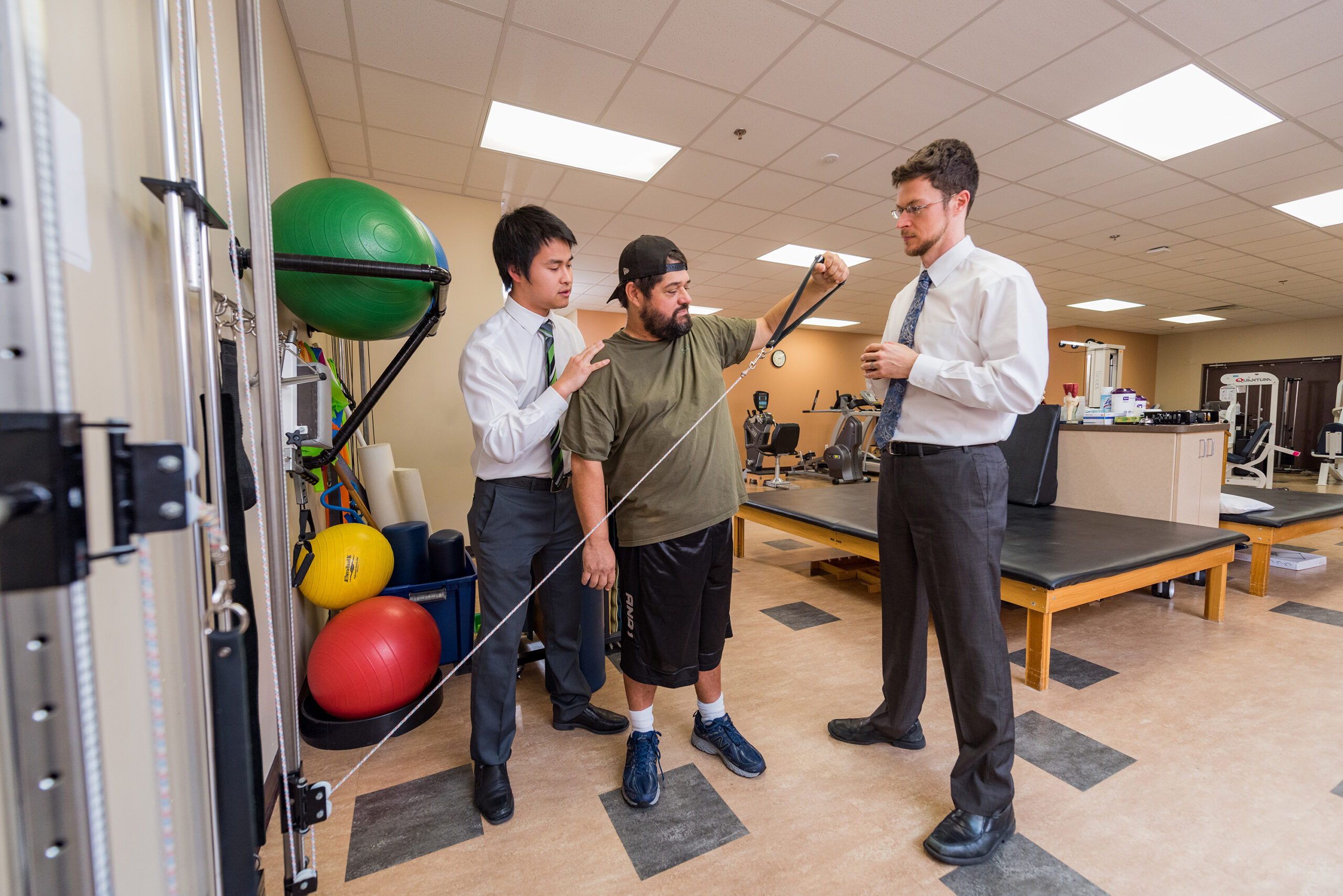Leveraging the Benefits of Bodily Rehabilitation to Reduce Challenges and Improve Level of Living in People with Chronic Pulmonary Diseases
Persistent pulmonary diseases, like bronchial asthma and long-lasting obstructive lung disorder (COPD), affect millions of individuals across the globe. These disorders can make it difficult for people to breathe, leading to a decline in physical activity and overall quality of life. However, studies has shown that engaging in regular exercise can significantly reduce manifestations of these disorders. Exercise helps strengthen the pulmonary muscles, optimize lung function, and boost overall stamina. By including physical activity into their everyday schedules, patients with persistent breathing conditions can enjoy enhanced health and enhanced well-being.

One approach that exercise benefits those with chronic respiratory disorders is by enhancing lung function. When individuals exercise, their pulmonary system function more intensively to deliver oxygen to the organism. This can result in greater pulmonary function and performance over time. Exercises such as strolling, aquatic exercise, or cycling can be particularly beneficial. They help patients to progressively build their stamina without overexerting their bodies. As a result, people may experience they can complete daily activities with greater ease and undergo reduced occurrences of dyspnea.
Moreover|Additionally|Furthermore, exercise recommended read can have positive influences on psychological well-being as well. Long-term respiratory Click Here conditions often are associated with symptoms of nervousness and despondency due to persistent medical issues. Routine physical activity encourages the secretion of brain chemicals, which are molecules in the central nervous system that assist boost mental well-being and alleviate stress. Engaging in group activities or courses can also offer community support and reduce perceptions of isolation. This social connection can motivate patients to remain engaged while also improving their psychological wellness.
In addition to physiological and mental health benefits, movement can lead to enhanced management of manifestations associated with chronic pulmonary disorders. For instance|For example|Specifically, patients who participate in regular movement may experience reduced flare-ups and lessened magnitude of manifestations like coughing and breath noise. It is important for those with these diseases to seek advice from healthcare professionals before beginning an physical routine. A physician or physiotherapist can support them in choosing safe activities that align with their individual needs and limitations.
Finally|In conclusion|Ultimately, incorporating exercise into everyday routines does not have to be complicated or complicated. Small changes, such as using stairs instead of the elevator, taking a walk during break times, or engaging in yoga programs, can make a significant difference over time. Establishing achievable objectives and progressively raising activity levels can enable individuals to maintain commitment and attain enduring results. With dedication and the right guidance, people with long-term breathing disorders can harness the power of exercise to enhance their manifestations and boost their well-being.